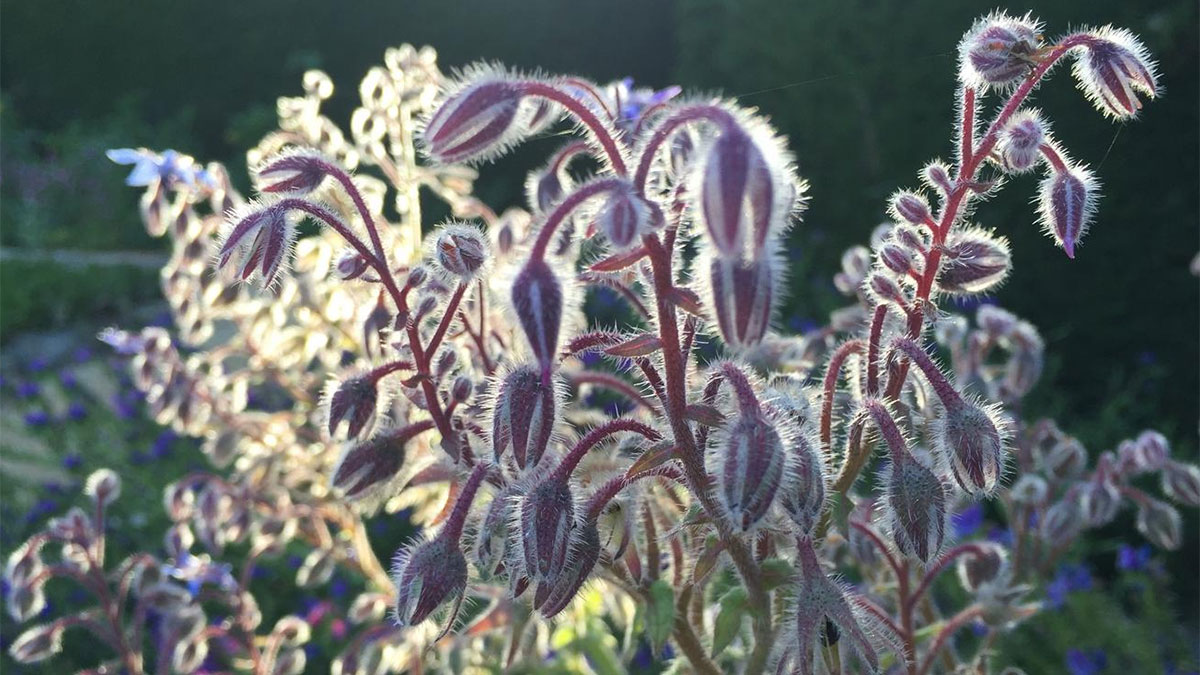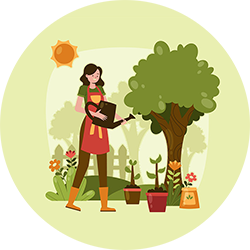Growing Borage and Enjoying Its Many Garden Benefits

Borage may not be the first herb that comes to mind for your garden, but it’s one worth getting to know. With its brilliant blue blooms, low-maintenance nature, and ability to support pollinators and neighboring plants, borage is both beautiful and practical. Whether you’re looking to attract bees, enrich your soil, or add edible flair to your meals, this versatile herb delivers.
What is borage?
Borage, or Borago officinalis, is an annual herb known for its star-shaped blue flowers and hairy, cucumber-scented leaves. Originally native to the Mediterranean region, it has become a favorite in many home gardens for its beauty and usefulness. Sometimes called starflower, borage adds both charm and function to herb and flower beds alike.
Why grow borage in the garden?
Borage is a magnet for pollinators, especially bees, who are drawn to its nectar-rich flowers. Its presence in the garden also helps improve the health of nearby plants by attracting beneficial insects and deterring common pests like tomato hornworms. In addition to being low maintenance, borage is also edible and makes a lovely ornamental addition.
How to grow borage from seed
Borage seeds can be sown directly into the garden after the last frost, or started indoors a few weeks earlier. Choose a sunny location with well-draining soil and space the seeds about 12 inches apart. Seeds usually germinate within 5 to 10 days when temperatures are between 60 and 75 degrees Fahrenheit.
Caring for borage plants
Once established, borage is relatively carefree. Water it regularly during dry spells, but avoid soggy soil. Pinch back young plants to encourage bushier growth and remove spent flowers to extend blooming.
Harvesting flowers and leaves
Borage flowers can be harvested once they are fully open and vibrant. The tender young leaves can be picked as needed for use in salads or drinks, though older leaves may be too fuzzy for eating raw. Both flowers and leaves can be dried on paper towels in a warm, airy room for future use.
Culinary and herbal uses
The flowers of borage are commonly used as a garnish for cocktails, lemonade, and summer salads, adding a splash of color and a light cucumber flavor. The leaves can be brewed into tea or added to soups and stews for a mild herbaceous note. Borage has also been used traditionally to support adrenal health and ease mild stress, though it should be avoided by those who are pregnant or nursing.
Borage as a companion plant
Borage is a helpful neighbor in the garden, particularly for tomatoes, squash, and strawberries. It is believed to improve plant vigor and flavor when grown nearby. Because it self-seeds readily, many gardeners allow it to grow back naturally each year as part of a rotation or wildflower border.
Attracting wildlife and biodiversity
In addition to bees, borage draws butterflies and other pollinators that contribute to a healthy garden ecosystem. It also provides a habitat for predatory insects that help control aphids and other pests. Planting borage throughout the growing season helps ensure a continuous food source for these beneficial creatures.
Conclusion
Growing borage is a simple way to bring beauty, biodiversity, and utility to your garden. From its edible flowers to its pollinator-friendly charm, borage earns its place among the most rewarding plants to grow. Once you welcome it into your space, don’t be surprised if it returns year after year, offering new blooms and benefits with very little effort.
